WOOD - TRANSFORMATIV POWER, 2005-2014
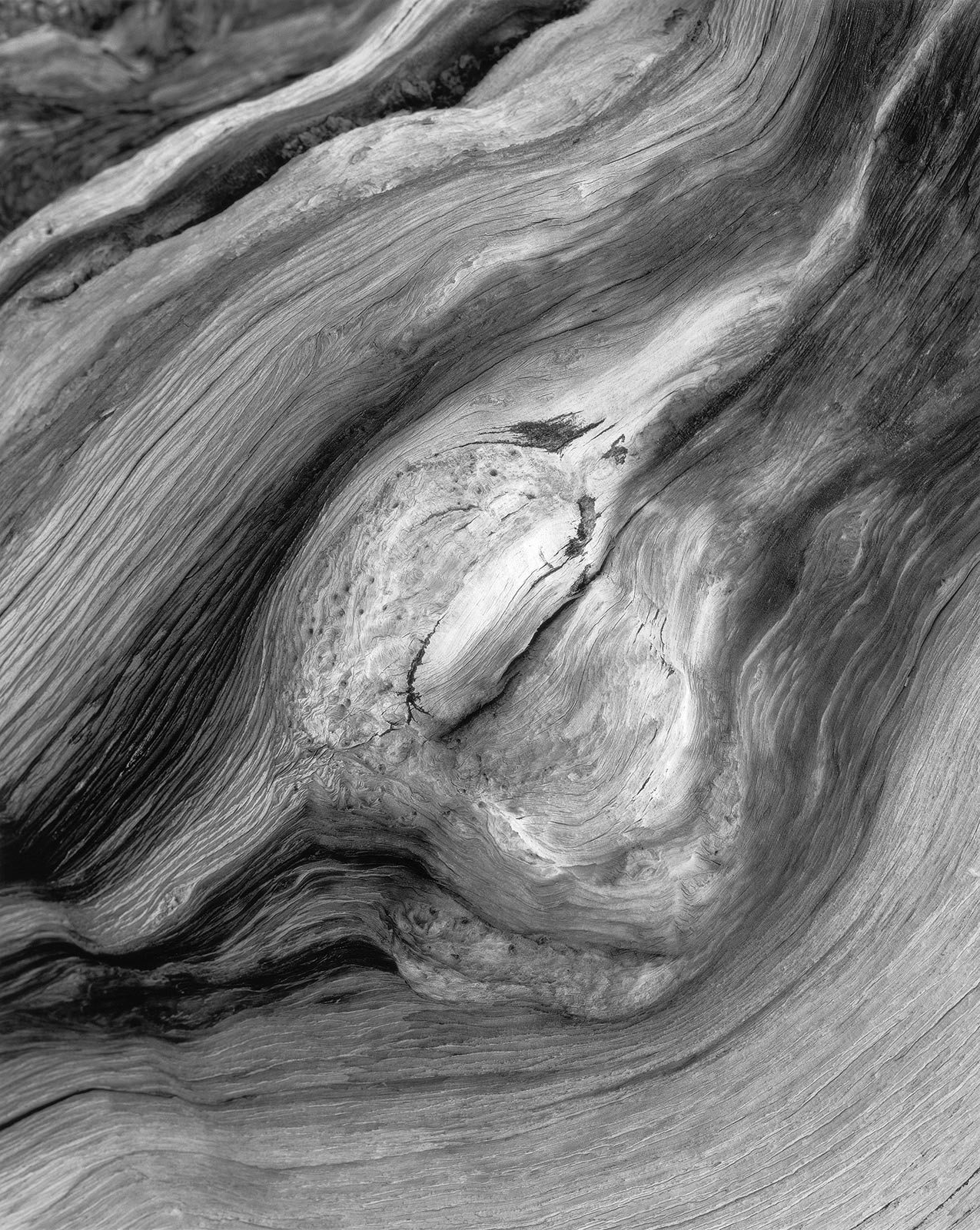 Rhythm of the Heart, Bristlecone Pine, USA, 2008
Rhythm of the Heart, Bristlecone Pine, USA, 2008 Fable, Bristlecone Pine, E. Sierra, USA, 2008
Fable, Bristlecone Pine, E. Sierra, USA, 2008 Haze, Bristlecone Pine, Birch Creek, USA, 2008
Haze, Bristlecone Pine, Birch Creek, USA, 2008 Mirror, Bristlecone Pine, Patriarch Grove, USA, 2006
Mirror, Bristlecone Pine, Patriarch Grove, USA, 2006 Border, Bristlecone Pine, Patriarch Grove, USA, 2008
Border, Bristlecone Pine, Patriarch Grove, USA, 2008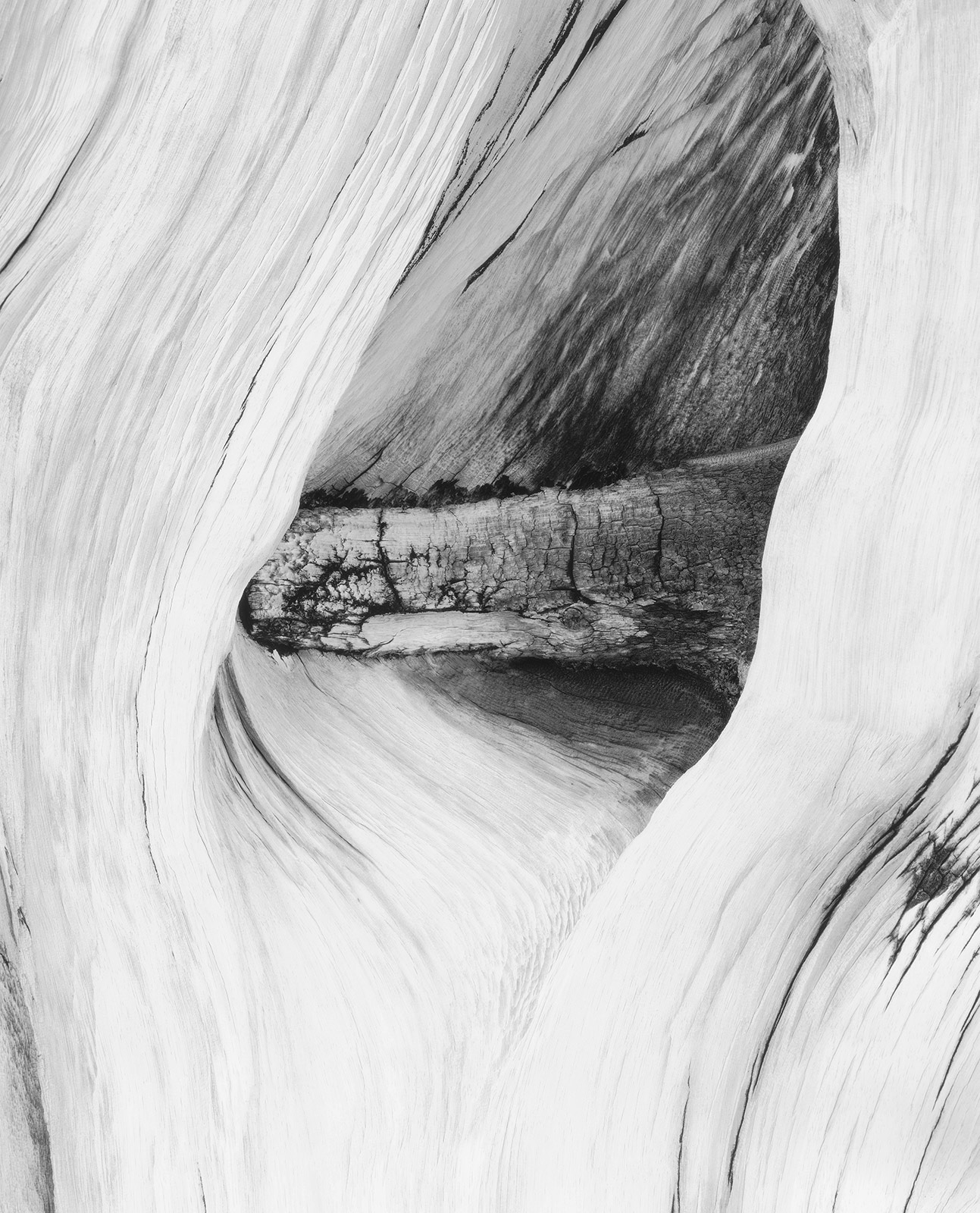 Inside Out, Bristlecone Pine, Patriarch Grove, USA, 2005
Inside Out, Bristlecone Pine, Patriarch Grove, USA, 2005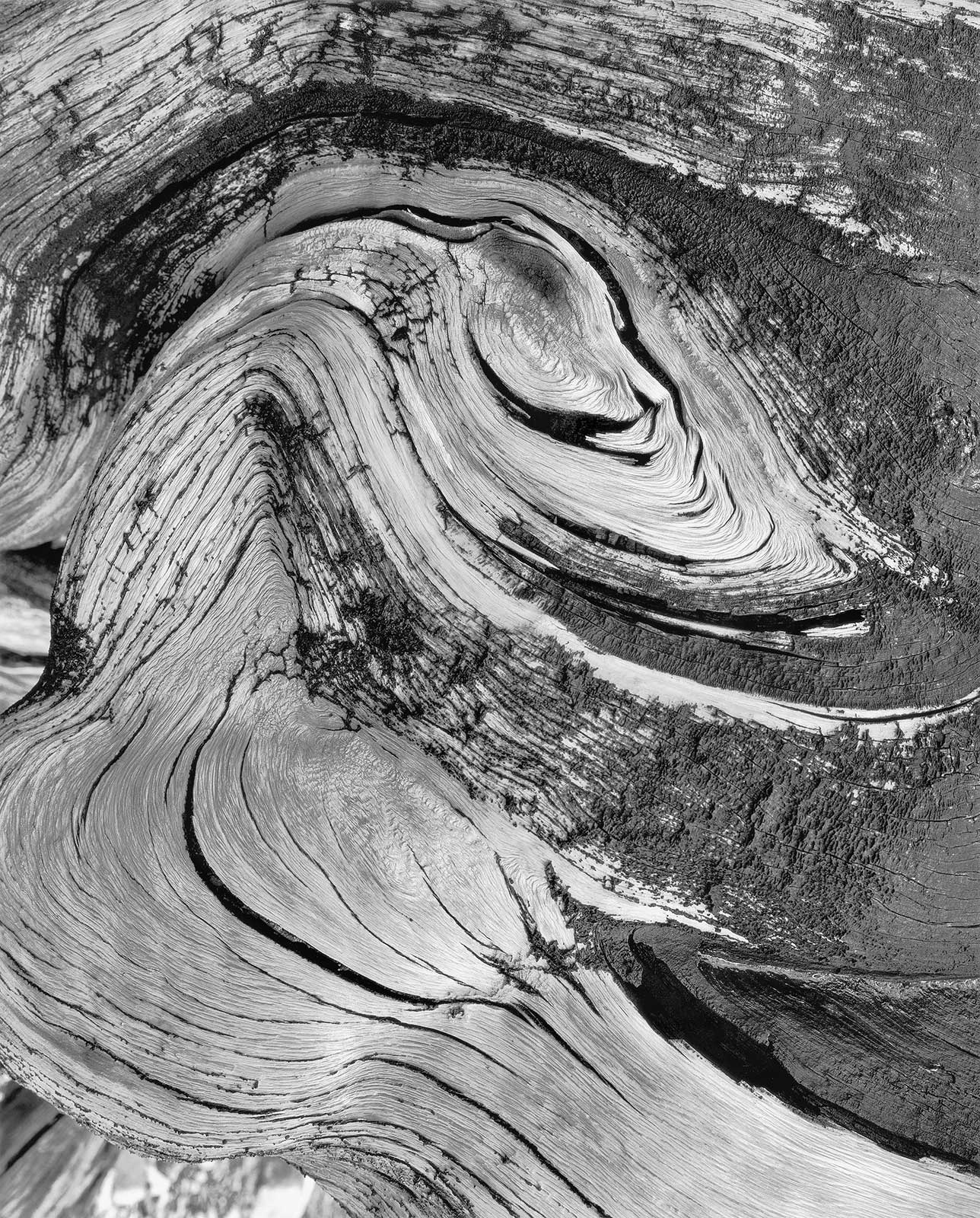 Burgeon, Bristlecone Pine, Patriarch Grove, USA, 2007
Burgeon, Bristlecone Pine, Patriarch Grove, USA, 2007 Twins, Bristelcone Pine, Patriarch Grove, USA, 2008
Twins, Bristelcone Pine, Patriarch Grove, USA, 2008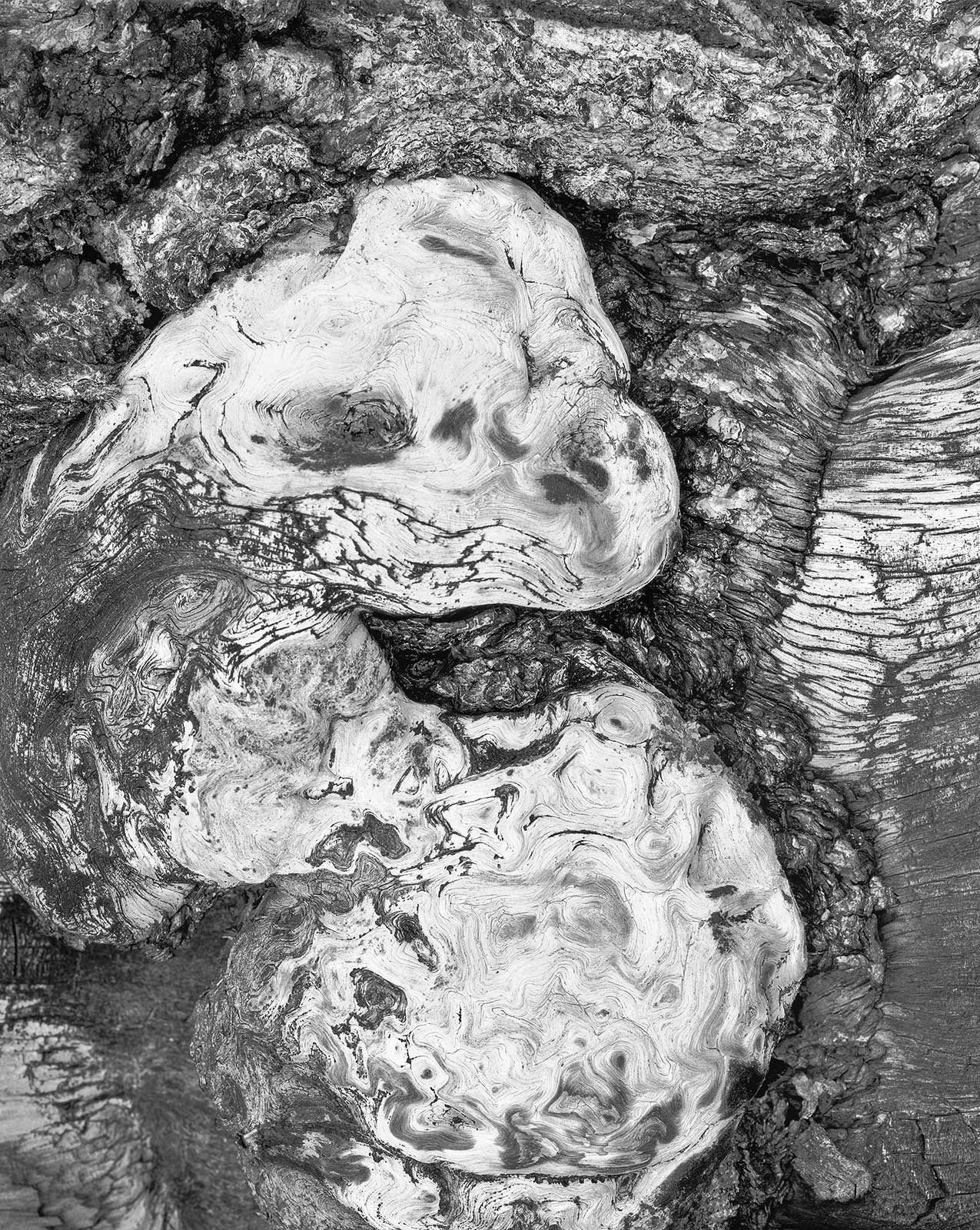 Dragon, Bristlecone Pine, Patriarch Grove, USA, 2007
Dragon, Bristlecone Pine, Patriarch Grove, USA, 2007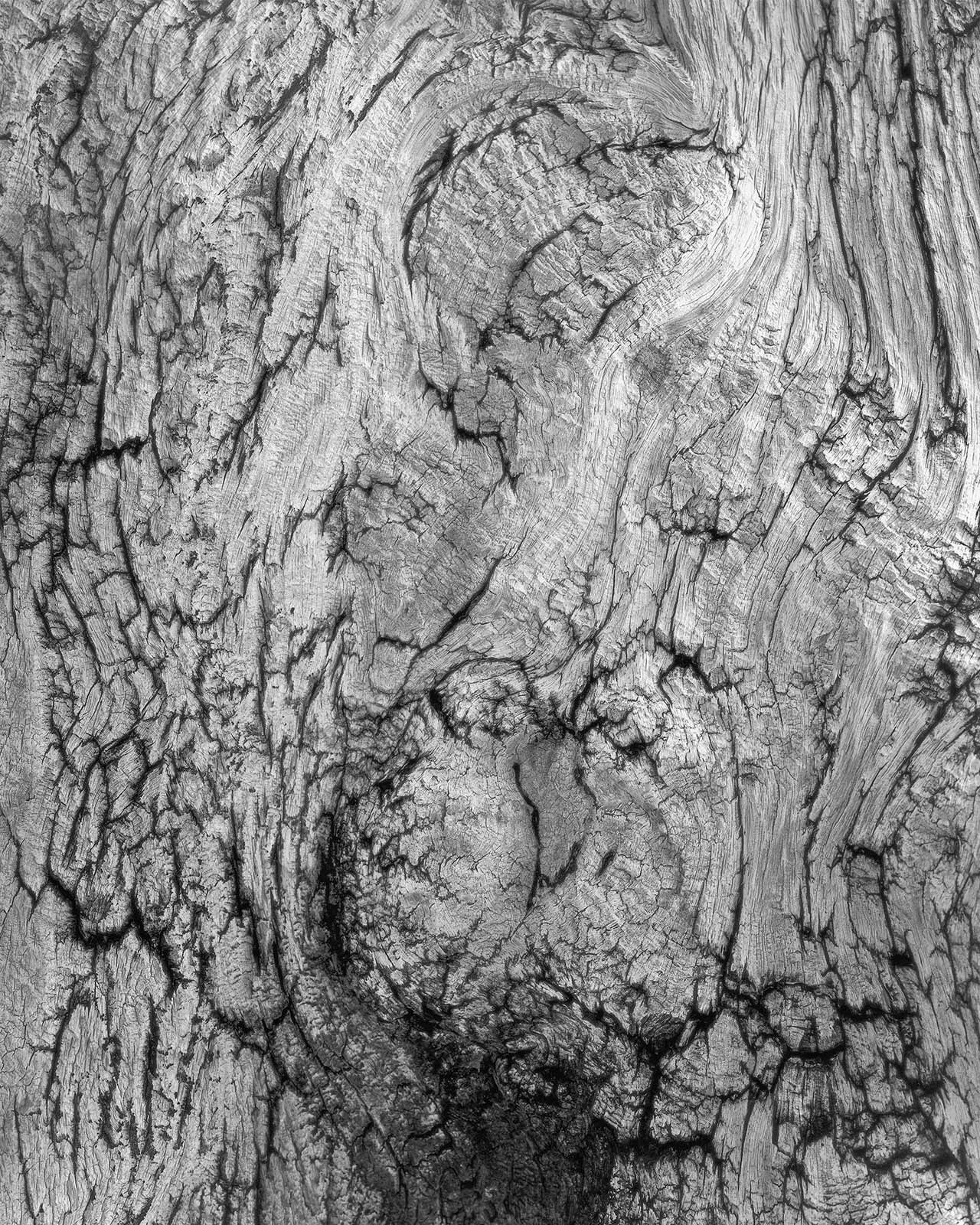 Old & Alive, Bristlecone Pine, Schulman Grove, USA, 2008
Old & Alive, Bristlecone Pine, Schulman Grove, USA, 2008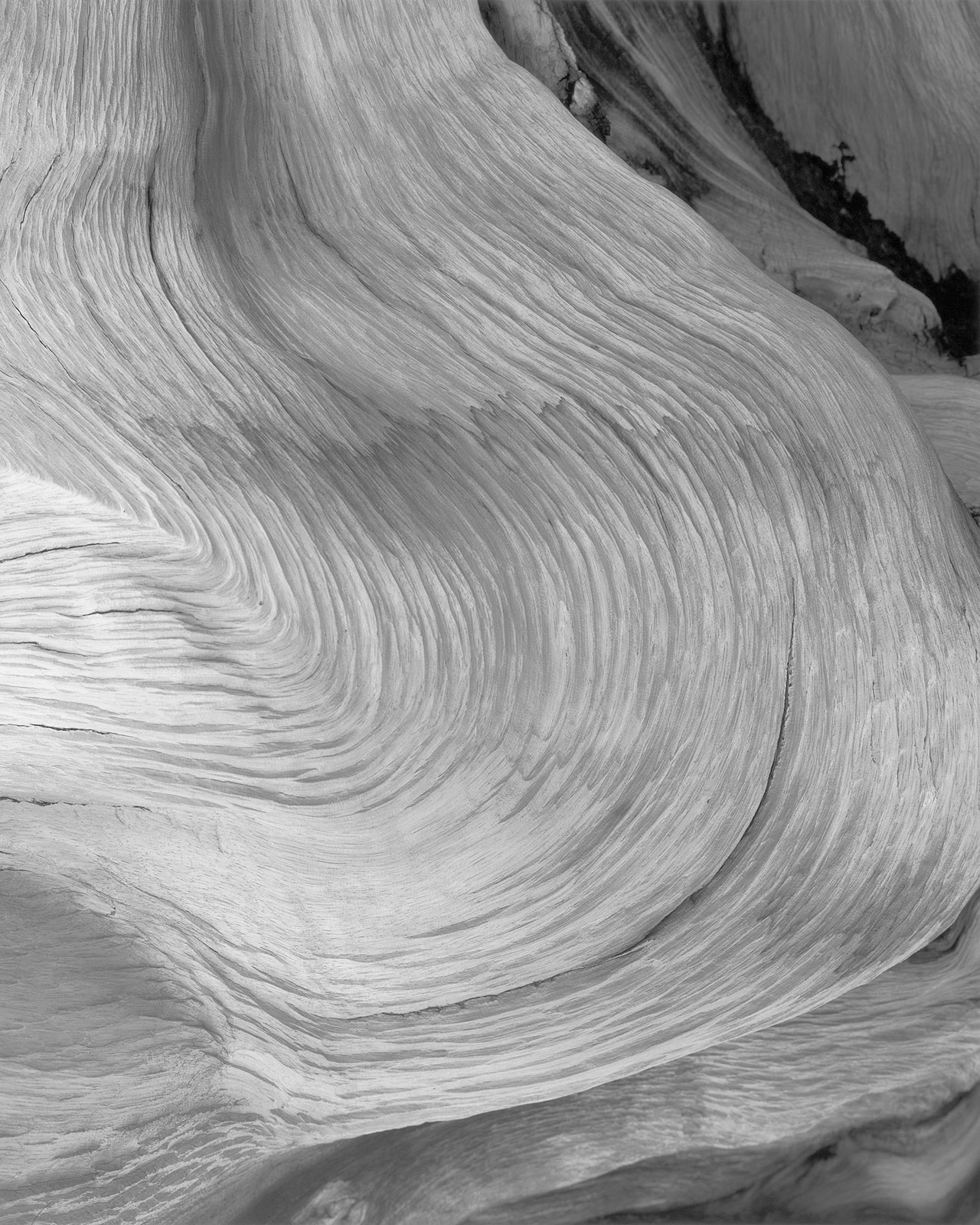 Surfing, Bristlecone Pine, E. Sierra, USA, 2008
Surfing, Bristlecone Pine, E. Sierra, USA, 2008 Stone Pine #111, Loetschental, CH, 2005
Stone Pine #111, Loetschental, CH, 2005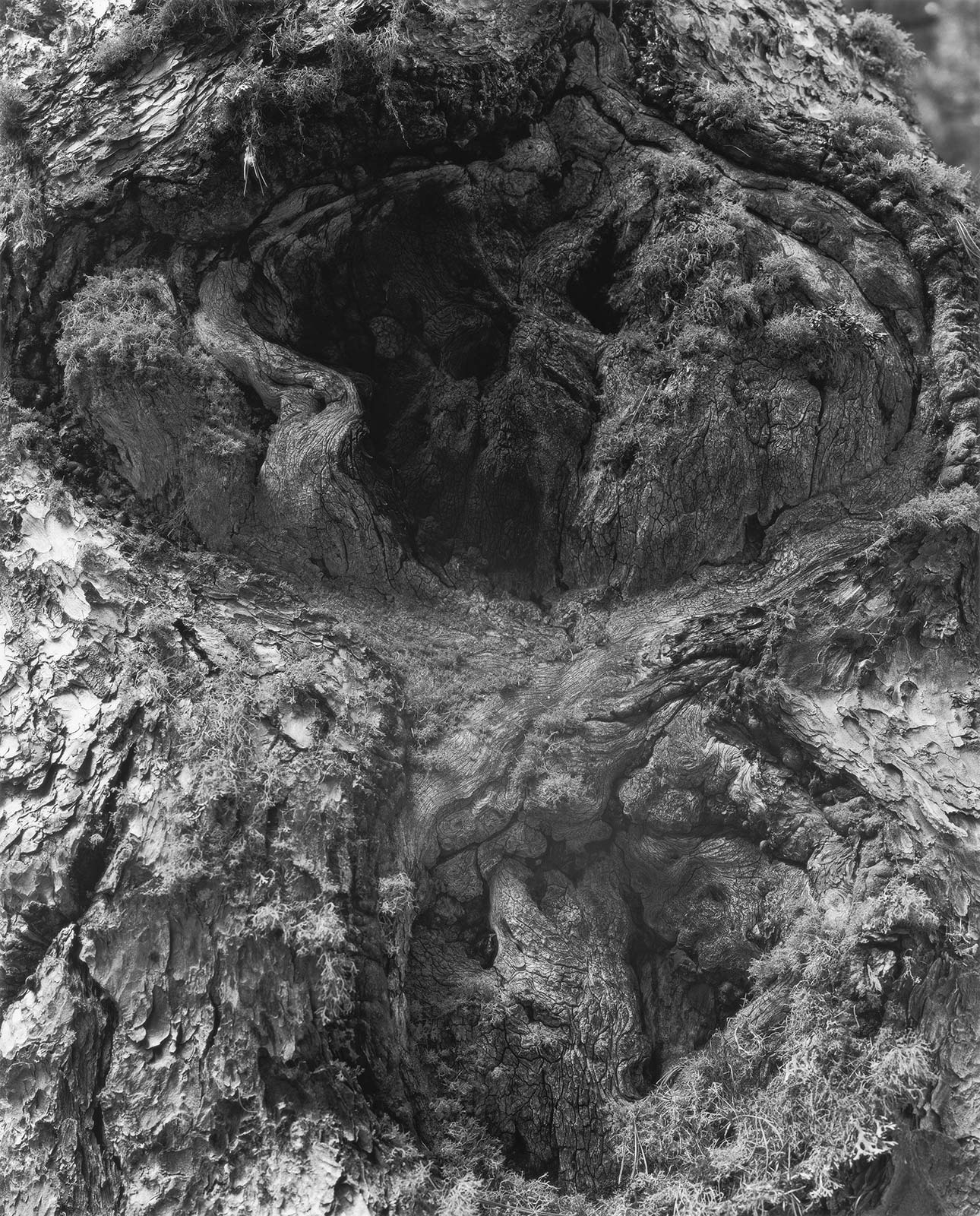 Stone Pine #128, Loetschental, CH, 2005
Stone Pine #128, Loetschental, CH, 2005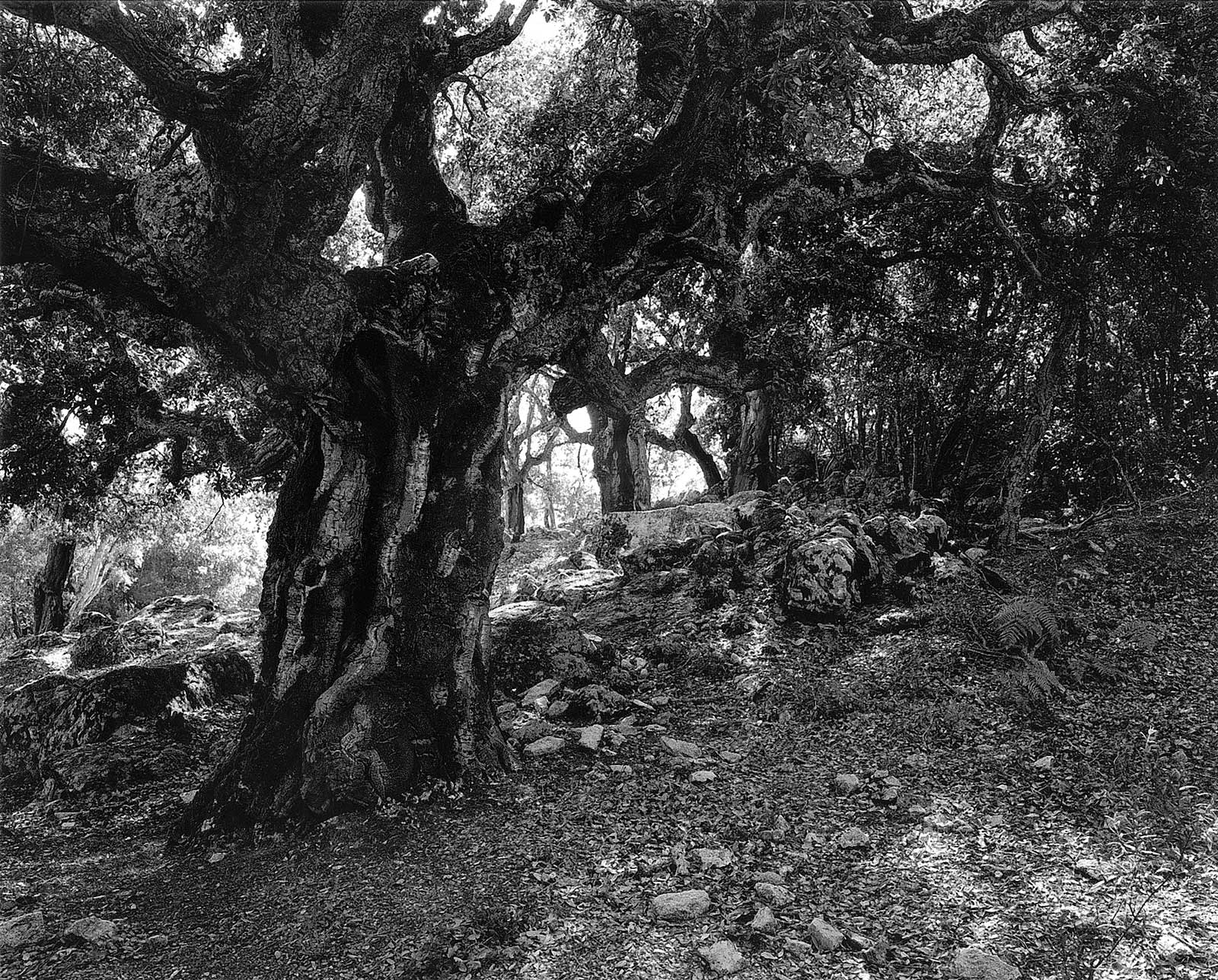 Noon, Wood Cork Tree, Corisca, FRA, 2006
Noon, Wood Cork Tree, Corisca, FRA, 2006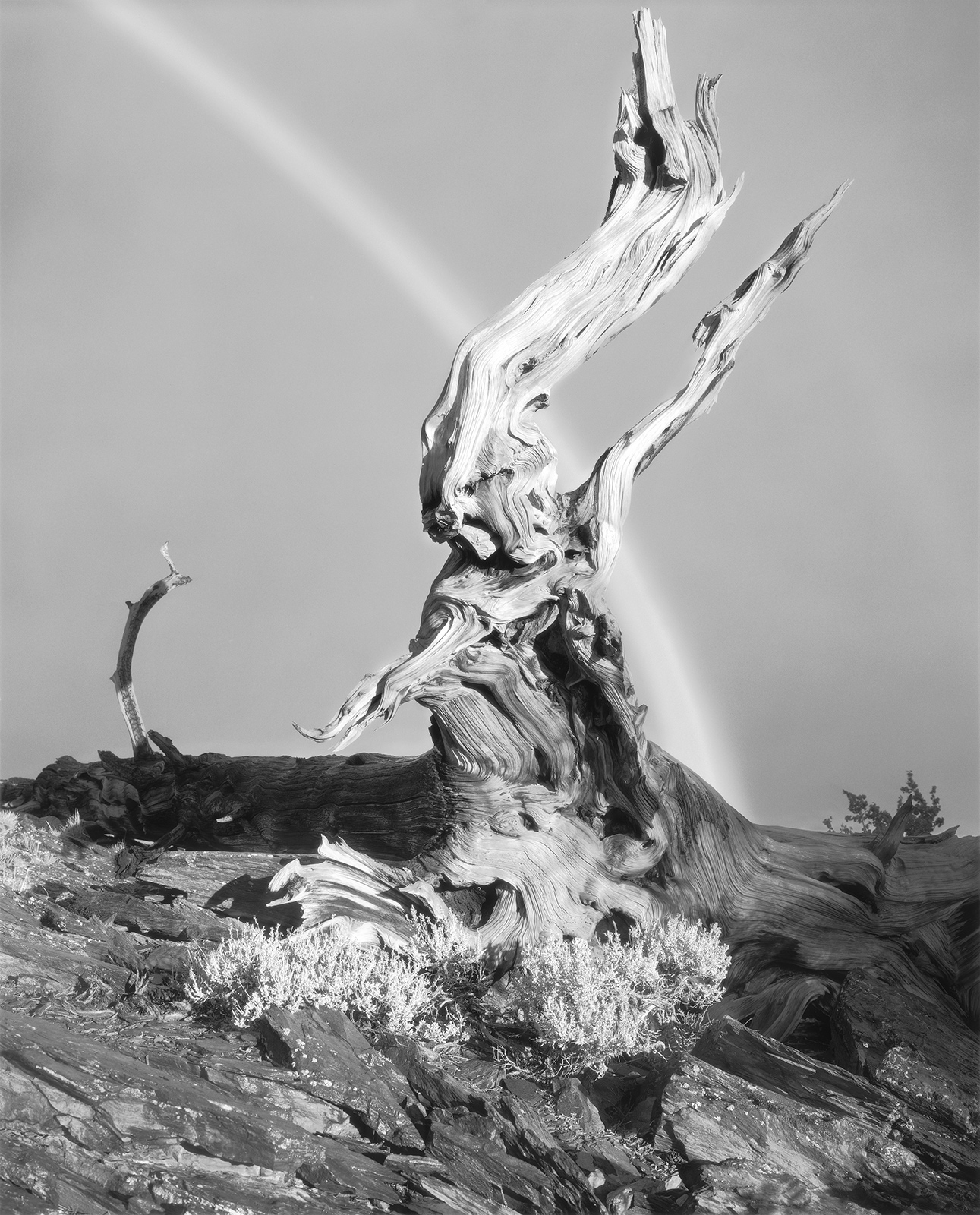 Rainbow, Bristlecone Pine, E. Sierra, USA, 2007
Rainbow, Bristlecone Pine, E. Sierra, USA, 2007 Howl, Bristlecone Pine, Patriarch Grove, USA, 2006
Howl, Bristlecone Pine, Patriarch Grove, USA, 2006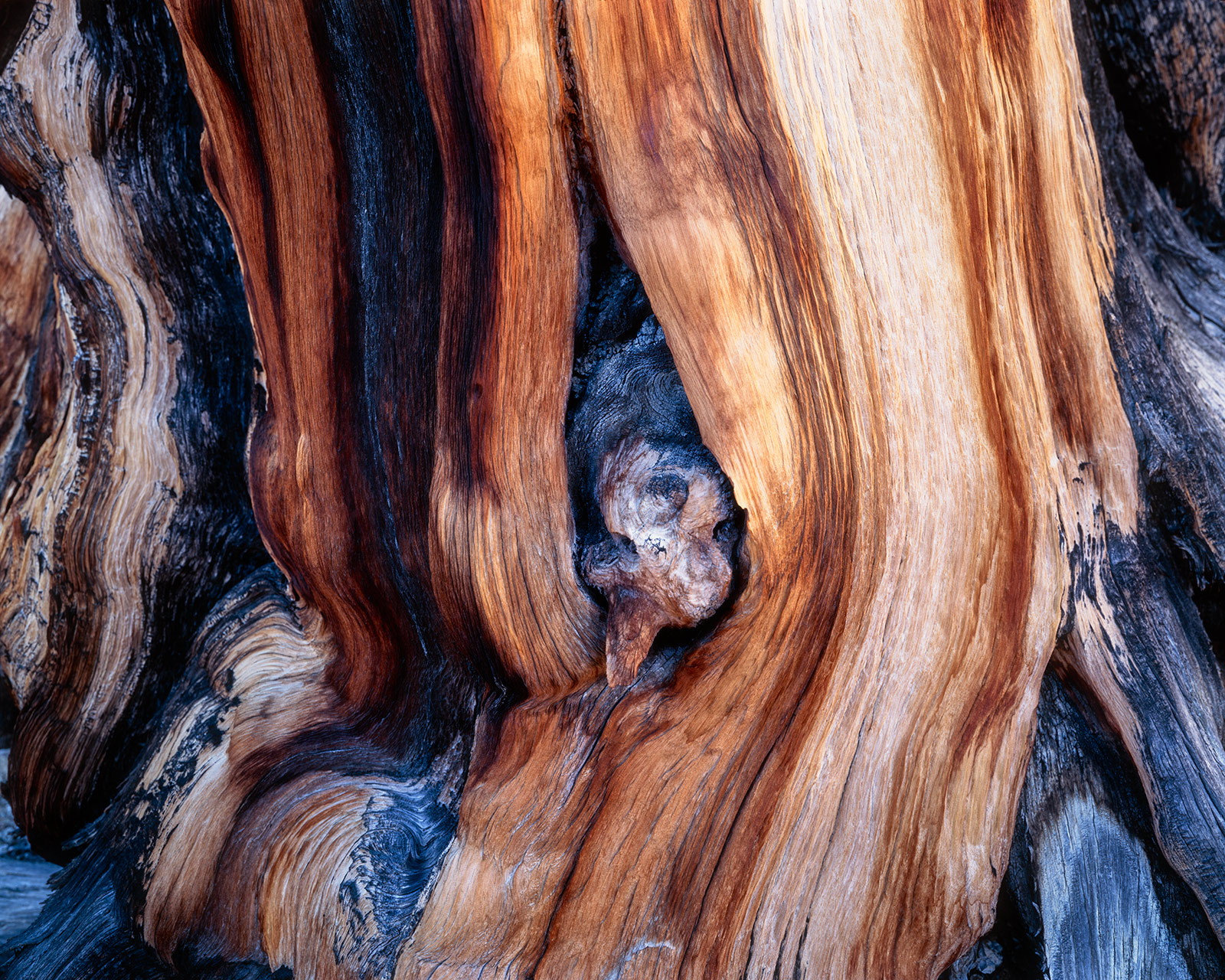 Between, Bristlecone Pine, E. Sierra, USA, 2006
Between, Bristlecone Pine, E. Sierra, USA, 2006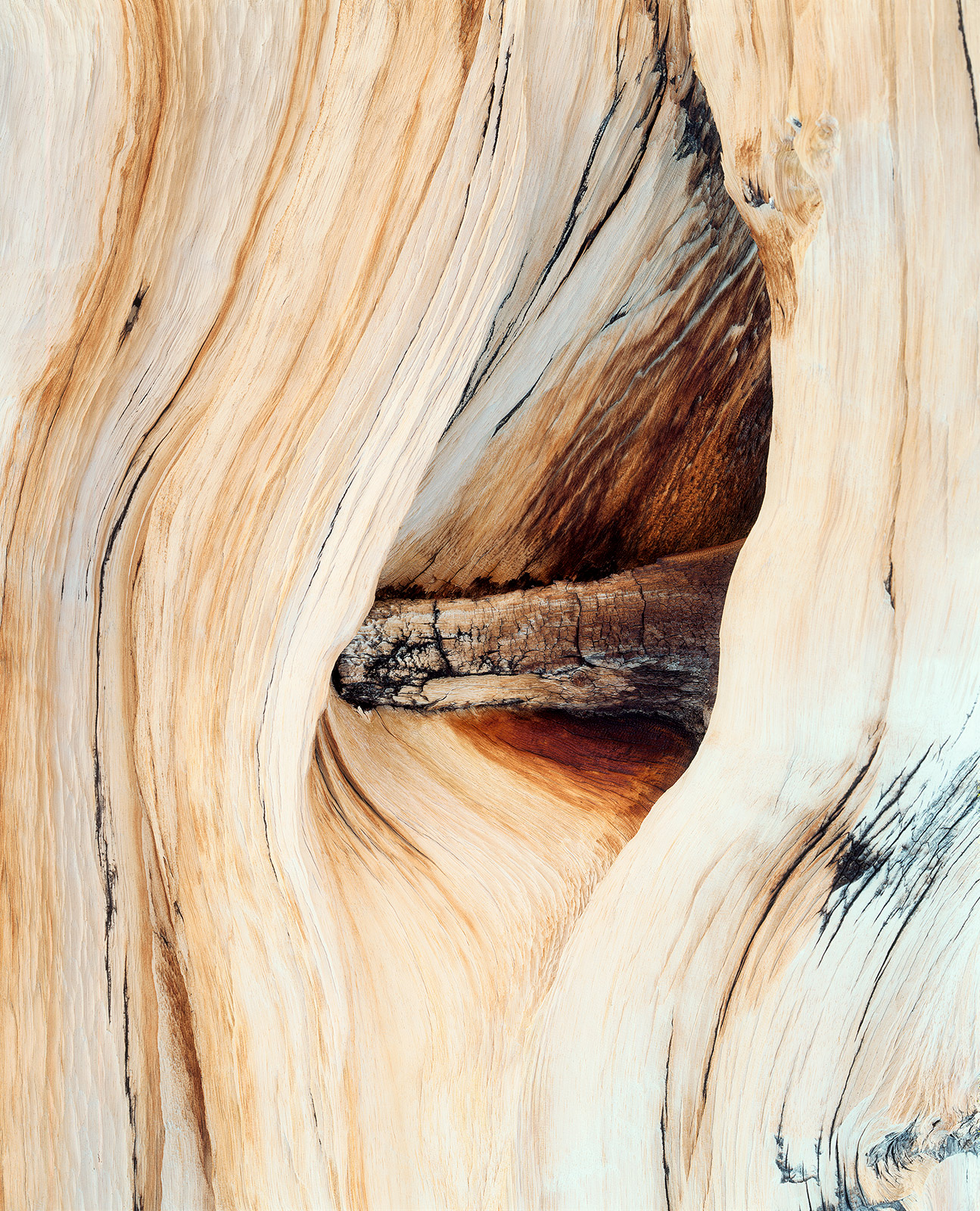 Inside-Out, Bristlecone Pine, Patriarch Grove, USA, 2005
Inside-Out, Bristlecone Pine, Patriarch Grove, USA, 2005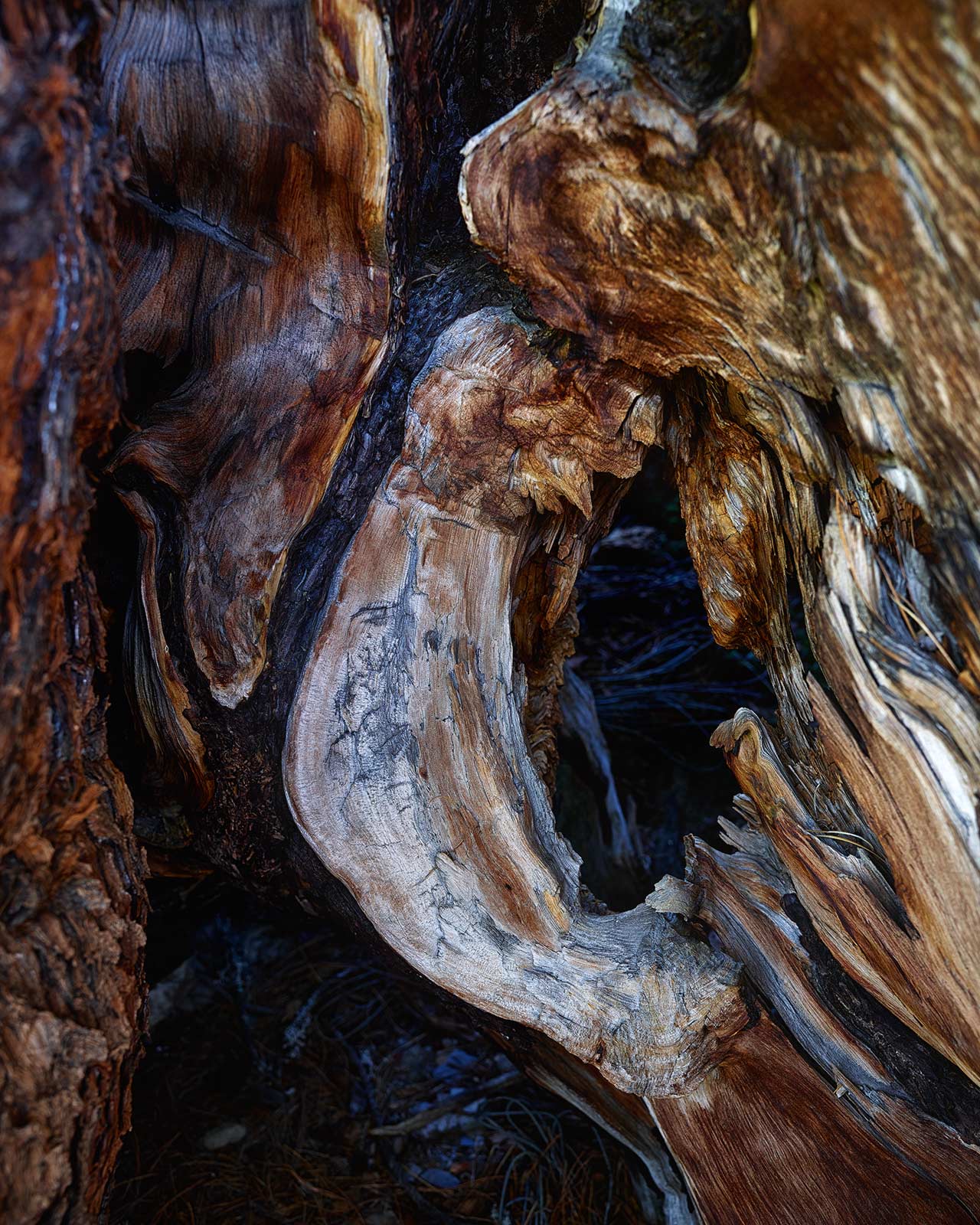 Before Dreaming, Mungo Pine, Grindelwald, CH, 2013
Before Dreaming, Mungo Pine, Grindelwald, CH, 2013 Couple, Mungo Pine, Grindelwald, CH, 2014
Couple, Mungo Pine, Grindelwald, CH, 2014 Necklace, Mungo Pine, Grindelwald, CH, 2013
Necklace, Mungo Pine, Grindelwald, CH, 2013
LANDSCAPE PHOTOGRAPHY AS MEDIUM OF SELF-PERCEPTION
By Andreas Staeger
"In his work, Nicolaisen immerses himself into the landscape and searches passionately for a compelling image. With this approach, subjective experiences become connected to the body and mind. They provide the starting points of his work. Nature becomes his studio. When he embarks on his tours, the question of what state he encounters this studio in each day is often raised.
The prelude to Nicolaisen’s activity as an artistic photographer took place in 2002 with a trip through California’s White Mountains. Faced with the overwhelming beauty of the landscape, he started searching for a personal visual language. In the following years, four main themes crystallized: wood, stone, ice, and water. Stopping points on this expedition included Canada (Herschel Island), Egypt
(White Desert), the US, the Valais (the glaciers around Zermatt in Switzerland), and Iceland. His pictures relate encounters with nature: of its roughness, of the power of the elements and of their vulnerable beauty.
The structures in the age-old mountain pines of the White Mountains encouraged him to create the cycle Wood, which deals with photographic narratives embedded in the ancient trees. Similarly, when the frail basalt and sand formations inspired him on the coasts and in the interior of Iceland,
he created the cycle Stone. During this time he groped his way to his central theme: ice.
In 2004, a second cycle of work, Ice, arose from an encounter with the archaic and elemental ice formations at the Theodul Glacier and Gorner Glacier in Zermatt, Switzerland. The decisive impulse to discover his main theme was a picture of an ice climber on an Icelandic glacier. The amateur shot appears insignificant at first glance, and Nicolaisen discovered it on the Internet by accident. But the impact was like that of a hammer blow: the image revealed the unique color and transparency of ice. The singular nature of Icelandic ice became a promise and a fascination for the photographer."